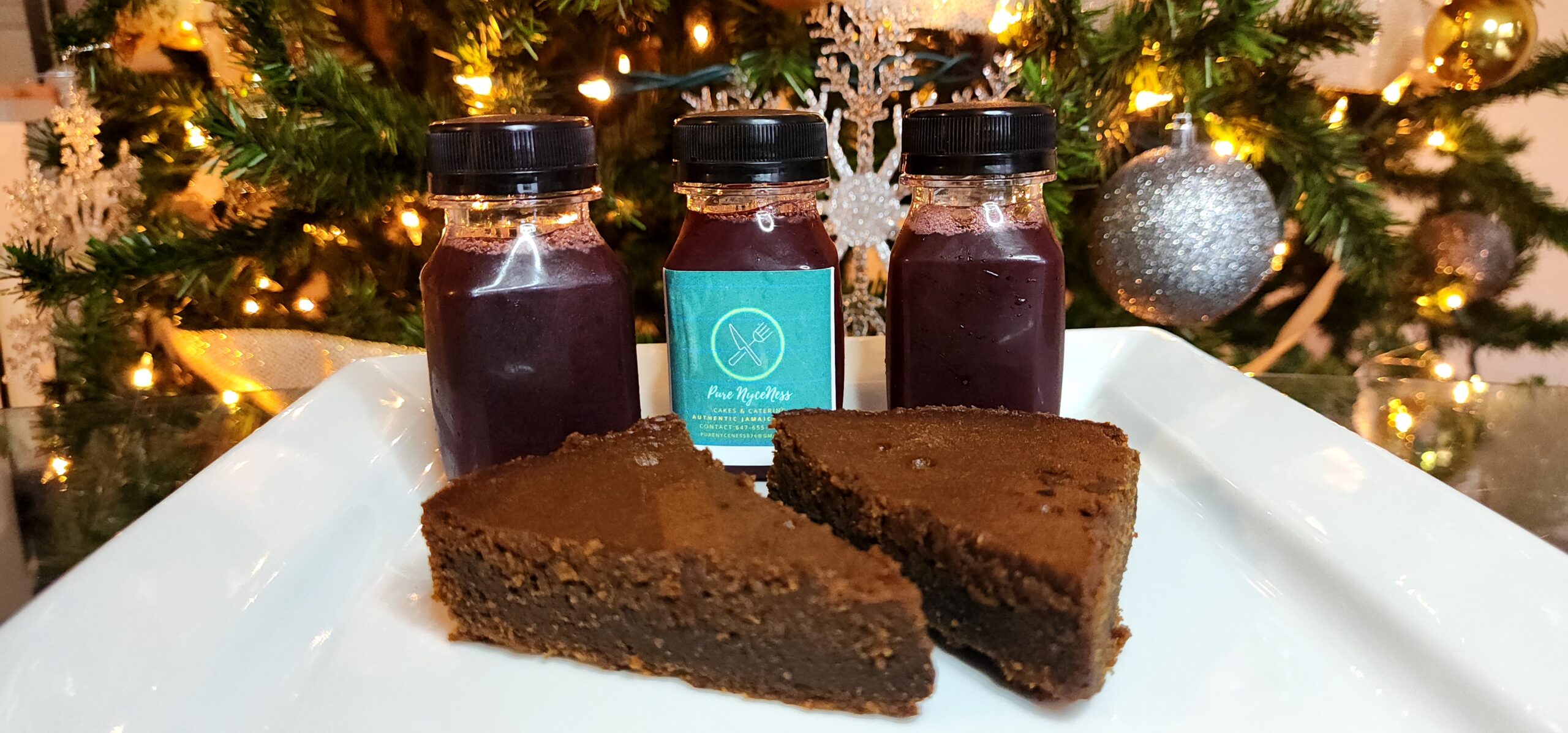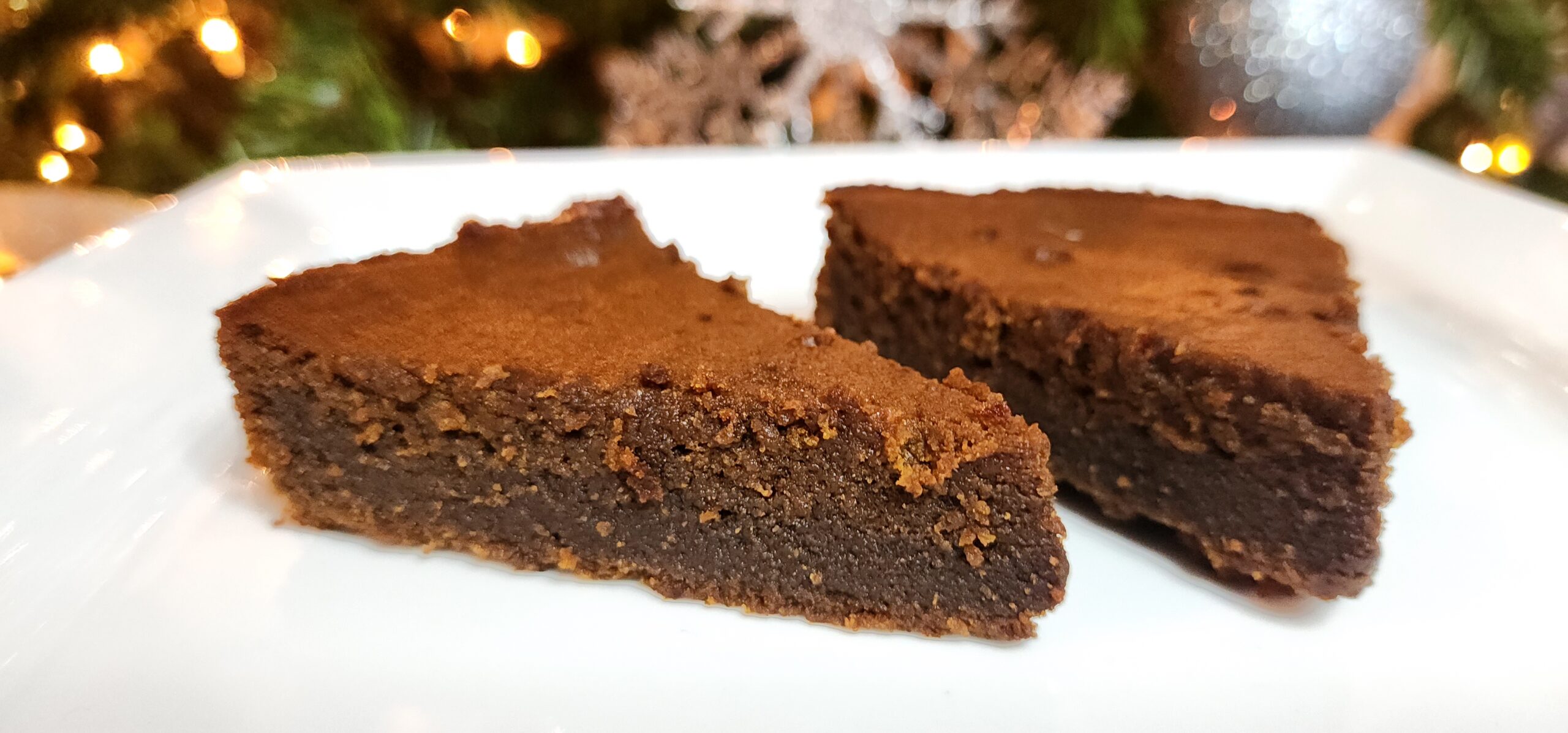No products in the cart.

Ever wonder how we produce such great-tasting cakes? I am going to take you on a sweet journey of rich ingredients.
Title: The Rich History of Jamaican Rum Cake: A Taste of Tradition
Jamaican Rum Cake, often synonymous with festive celebrations and cherished family traditions, stands as a quintessential symbol of Jamaica’s rich cultural tapestry. This delectable treat, infused with the robust flavors of rum and dried fruits, has a history as rich as its taste. Let’s delve into the origins, ingredients, and the historical journey that has made Jamaican Rum Cake a beloved dessert worldwide.
A Sweet Legacy
The story of Jamaican Rum Cake dates back to the colonial era when European settlers brought their culinary traditions to the Caribbean. Originally inspired by the British plum pudding, the Jamaican Rum Cake evolved by incorporating local ingredients and flavors, particularly the island’s famous rum. Over time, Jamaican households began to personalize the recipe, making it a staple for holidays, weddings, and celebratory events.
Ingredients: A Symphony of Flavors
The signature taste of Jamaican Rum Cake is the result of a harmonious blend of diverse ingredients. Here are the key components that contribute to its distinct flavor:
1. Dried Fruits: A medley of raisins, currants, prunes, and sometimes cherries are soaked in rum—often for several weeks or months—ensuring a deep, rich flavor that permeates every bite of the cake.
2. Jamaican Rum: The star ingredient, Jamaican rum, is renowned for its bold and full-bodied flavor. It not only acts as a preservative for the dried fruits but also infuses the cake with its characteristic warmth and complexity.
3. Spices: A blend of aromatic spices such as nutmeg, cinnamon, and allspice adds a warm, comforting note, complementing the sweetness of the fruits and the robustness of the rum.
4. Browning: A caramelized sugar syrup known as “browning” imparts the cake’s deep, dark color and adds a subtle, bittersweet flavor profile.
5. Basic Cake Ingredients: Flour, butter, sugar, and eggs form the foundation of the cake, binding the exotic ingredients together into a moist, decadent dessert.
Historical Anecdotes
The evolution of Jamaican Rum Cake is entwined with the island’s socio-economic history. During the 17th and 18th centuries, sugar plantations—fueled by the labor of enslaved Africans—produced the molasses that was essential for rum production. This era marked the beginning of rum’s legendary association with Caribbean identity and culture.
As rum became an integral export commodity, it also found its way into local culinary traditions. The cake became a symbol of Jamaican hospitality and ingenuity, transforming imported European recipes with indigenous flavors and techniques.
Cultural Significance
Jamaican Rum Cake, often referred to as “Black Cake,” holds a special place in the hearts of Jamaicans. It’s not just a dessert; it’s a communal experience that brings families together. The cake is traditionally prepared during the Christmas season, but it also plays a ceremonial role in weddings and other significant celebrations, symbolizing prosperity, unity, and the blending of flavors akin to the cultural melting pot of Jamaica itself.
Conclusion
Jamaican Rum Cake is more than a dessert; it is a reflection of the island’s history, culture, and enduring spirit. Each bite carries stories of resilience, innovation, and a celebration of life. For those who savor its rich, indulgent taste, Jamaican Rum Cake offers a journey through time, echoing the harmonious blend of heritage and flavor that defines Jamaica itself. Whether enjoyed as a holiday treat or a special occasion delight, its legacy continues to enchant palates worldwide, making it a timeless ambassador of Jamaican culinary tradition.


